In a project I'm working on, I am designing a Totem pole PFC, and for the controller (using a digital controller) I need to sens the input voltage, which is an ACvoltage and feed it to the ADC of the digital controller and do the necessary calculations.
My question is regarding a circuit that senses and scales down the input voltage so I can feed it to the controller.
Idealy the results will be as follows:

And the output voltages are:
V1 = VN * R2/(R1+R2)
V2 = VL * R2/(R1+R2)
The problem is that I don't know the voltage of the phase VL and of the neutral VN in regard to the ground GND, so I don't know how to choose the right resistors R1 and R2 and secondly the input of the op amp IN+ can't have less than (-V)-0.1V = -0.1V, so I think it will burn out if V1 or V2 goes under -0.1V.
Should I be worried about these problems and how can I find solutions for them, and is there any circuit with similar behaviour that I can use.
Thank you.

